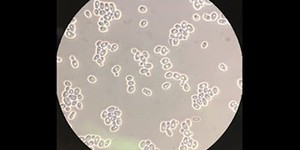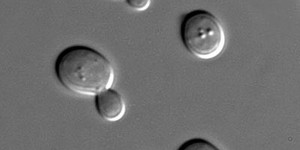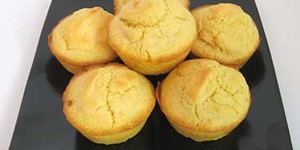Others Like “Yeast Reproduction in Sugar Substitutes” (top 20 results)
|
This is a straightforward project on glucose metabolism in yeast. You will grow yeast under aerobic and anaerobic conditions and measure carbon dioxide output to assess metabolic efficiency.
Read more
Have you ever wondered how antibiotics and other medicines are able to stop dangerous infections? How do such medications kill microorganisms without in general harming the person the microorganisms are infecting? Because many different types of microorganisms can infect us, we have had to develop an amazing number of ways to deal with these harmful microbes. Fungal infections can be particularly dangerous, but we have developed many different antifungal medications that can usually deal with…
Read more
This is a straightforward, fun project to measure the rate of the chemical reaction that occurs when Alka-Seltzer® tablets are plopped into water. You will track the volume of carbon dioxide gas produced at regular intervals after the reaction begins. How does changing the temperature of the water affect the production of gas?
Read more
The ingredients in Alka-Seltzer® tablets undergo a chemical reaction that produces carbon dioxide gas as soon as the tablets hit water. Do you think you can cause the tablets to produce gas faster by breaking them into smaller pieces before dropping them in water? Find out for yourself with this project.
Read more
While looking at a package of dry yeast it is hard to believe that the package has organisms in it that are alive. But add the right ingredients and presto, the mixture becomes a bubbly, oozing, mess of life! What are the right ingredients? What does that yeast need to become active? Do this science project and figure it out for yourself!
Read more
If you like to bake, this could be a good science project for you! Have you ever wondered about the purpose of each of the ingredients in your favorite recipes? For example, why is baking powder used in some muffin recipes? How does the baking powder affect how the muffins look, feel, and taste? In this food science project you will use a scientific method to find out!
Read more
Cake, cookies, pie, ice cream, hot chocolate, lemonade... Yum! What do all these delicious treats have in common? Sugar. In addition to providing sweetness, sugar adds bulk, flavor, and structure to foods. But is it necessary to add sugar to achieve sweetness? Can the same sweetness be achieved using sugar substitutes like artificial or natural sweeteners? In this project, you will test sugar and sugar substitutes and compare the sweetness of each in relation to sugar. In the end, your day will…
Read more
You know that sugar makes food sweet, but did you know that there are different kinds of sugar? Sucrose is the granulated sugar that you usually use for baking. Another kind of sugar, which is found in honey and in many fruits, is glucose. In this science project, you will measure the concentration of glucose in a variety of foods. You will use special test strips that change color in response to glucose to measure the glucose concentration in different foods.
Read more
You know there is sugar in non-diet soda, but just how much sugar? Sure, you can look on the ingredients label, but how do food scientists actually measure the amount of sugar in a solution? They use a simple scientific device called a hydrometer. The hydrometer floats in the solution that is being tested, and the higher it floats, the more sugar there is! In this science fair project, you will use a precision hydrometer to measure the amount of sugar in soda.
Read more
Did you know that your body needs a certain amount of iron in order to stay healthy? Iron can be found in much of what you consume each day. Almond flour—frequently used in cookies—is just one example of an iron-rich food. However, only a small fraction of the iron in food gets absorbed by the body, partially because the body can only absorb dissolved iron. In this project, you will study whether the acidic environment in your stomach helps dissolve iron. You will use a color-based…
Read more
|
Explore Our Science Videos
How To Curl Metals With Heat
Make a Whirlybird from Paper
DIY Mini Drone Part 6: Motion Control














